Home>Dining>Events & Etiquette>Chinese Table Manners: You Are How You Eat
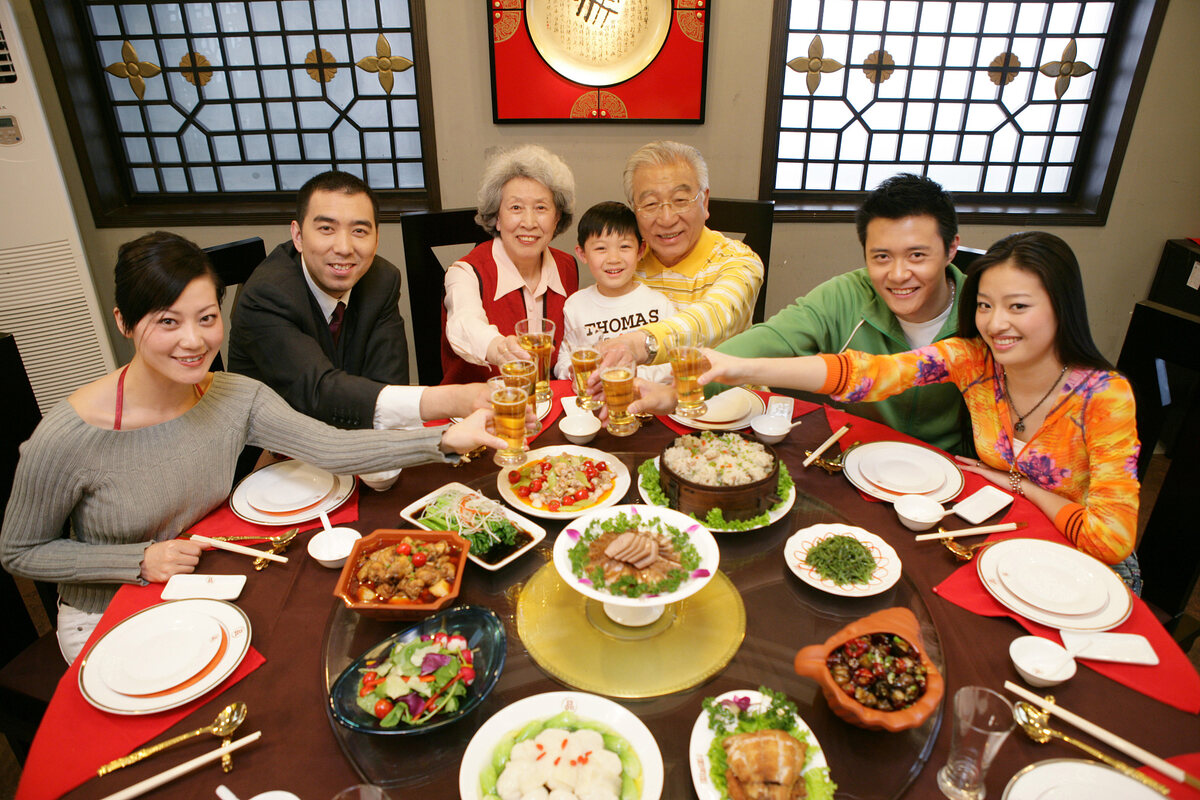

Events & Etiquette
Chinese Table Manners: You Are How You Eat
Modified: January 9, 2024
Discover the significance of Chinese table manners and how your eating habits reflect your cultural identity. Learn about events etiquette and traditional dining customs.
(Many of the links in this article redirect to a specific reviewed product. Your purchase of these products through affiliate links helps to generate commission for Storables.com, at no extra cost. Learn more)
Introduction
When it comes to Chinese culture, food plays a significant role, and so does the way it is consumed. Chinese table manners are deeply rooted in tradition and carry great importance in social settings. The way one conducts themselves at the dining table reflects their respect for others, their understanding of cultural norms, and their overall etiquette.
Chinese table manners are not only about politeness but also about showing appreciation for the food and the company. These customs have been passed down through generations and are valued as a way to maintain harmony and display good upbringing. Whether you are planning to travel to China, attend a formal Chinese banquet, or simply want to learn about different cultures, understanding Chinese table manners is essential.
In this article, we will explore the significance of table manners in Chinese culture, traditional dining etiquette, proper use of chopsticks, tea etiquette, and other important customs. By familiarizing yourself with these practices, you can navigate Chinese dining experiences with grace and make a positive impression on your hosts or fellow diners.
Key Takeaways:
- Embrace Chinese table manners to show respect, gratitude, and consideration, fostering harmonious dining experiences and deeper cultural connections.
- Mastering chopstick etiquette, sharing communal dishes, and observing tea customs enhances the enjoyment of Chinese dining and showcases cultural appreciation.
Read more: How To Eat Pasta With Good Table Manners
The Importance of Table Manners in Chinese Culture
Table manners hold a special place in Chinese culture, as they reflect a person’s upbringing, respect for others, and understanding of social norms. Chinese people believe that good table manners are an expression of moral character and contribute to maintaining harmonious relationships.
In Chinese culture, dining is viewed as a communal activity that brings people together. It is not just about satisfying hunger but also about fostering relationships, showing respect, and building trust. Therefore, observing proper table manners is crucial in creating a pleasant and welcoming atmosphere during meals.
One of the key values promoted through Chinese table manners is the concept of “face,” which refers to social standing, reputation, and dignity. Showing respect to others and maintaining their “face” is highly valued. By following proper table manners, individuals demonstrate their respect for others’ feelings and show that they care about maintaining a positive social image.
Additionally, table manners in Chinese culture are deeply intertwined with the concept of filial piety, which is the respect and care for one’s parents and elders. Expressing gratitude and deference towards older family members through respectful table conduct is a sign of honoring traditions and the importance of family ties.
Good table manners also demonstrate an individual’s self-discipline and consideration for others. By being mindful of their actions at the dining table, people show that they are well-mannered and have a good sense of social etiquette. This can have far-reaching implications in both personal and professional relationships, as individuals with good table manners are often perceived as more reliable and trustworthy.
Furthermore, practicing proper table manners in Chinese culture is seen as a way to promote physical and mental well-being. Slow and mindful eating is believed to aid digestion, while chewing food thoroughly and avoiding gulping or noisy eating ensures proper nutrient absorption and avoids digestive discomfort. Additionally, by paying attention to table manners, individuals can avoid accidental spills or offensive behavior that may disrupt the dining experience for others.
In essence, table manners in Chinese culture go beyond superficial politeness. They serve as a reflection of a person’s character, values, and respect for others. By practicing good table manners, individuals embody the principles of harmony, respect, and consideration, fostering positive relationships and creating a pleasant dining experience for everyone involved.
Traditional Chinese Dining Etiquette
Traditional Chinese dining etiquette is rich in symbolism and reflects thousands of years of cultural heritage. Understanding and following these customs not only show respect for the host and the occasion but also help create a harmonious dining experience for everyone involved.
One important aspect of traditional Chinese dining etiquette is the arrangement of seating. In formal settings, the host or the guest of honor is usually seated at the head of the table, facing the entrance or the most important feature in the room. Guests of lower status are seated according to their relationship with the host or in order of seniority.
When it comes to seating, it is important to wait for the host or the eldest person to indicate where you should sit. Avoid sitting down before being invited to do so, as it may be considered rude or presumptuous. The host may also assign specific seating arrangements based on cultural customs or social dynamics.
Another significant aspect of Chinese dining etiquette is the use of chopsticks. Chopsticks are the primary utensils used for eating in China, and using them correctly is considered a sign of good manners. When dining with chopsticks, it is important to hold them towards the end, not in the middle, as this is seen as disrespectful or reminiscent of funerary rituals.
A common practice is to use chopsticks to pick up food rather than poking or spearing it. It is also considered impolite to use chopsticks to point at people or gesture while speaking. When not using chopsticks, place them horizontally on the chopstick rest or lay them across your bowl or plate. Avoid using chopsticks to drum on the table, as this is associated with begging.
In addition to chopsticks, Chinese dining usually includes a variety of shared dishes. When serving food, it is customary to serve others before serving yourself. Use serving utensils or the end of your chopsticks to transfer food to your plate or bowl. Avoid taking excessive portions or leaving empty plates, as both actions can be seen as rude or inconsiderate.
During the meal, it is considered polite to wait for the host or the eldest person to start eating before you begin. When eating, keep your mouth closed while chewing and avoid making loud noises. If you need to spit out bones or unwanted food, use a tissue or napkin discreetly. Slurping or burping is generally discouraged, as it may be seen as impolite and disrupt the dining experience.
To express gratitude and respect, it is common to say “ganbei” (干杯) before taking a sip of your drink. This is similar to a toast and is often done when drinking alcohol, but it can also be used when drinking tea or other beverages. When toasting, hold your glass or cup lower than the person you are toasting to show respect.
By following these traditional Chinese dining etiquette practices, you can navigate formal meals with grace and respect, and truly appreciate the cultural significance of the dining experience.
Seating Arrangements and Protocol
Seating arrangements play a significant role in Chinese dining etiquette, especially in formal settings or during important occasions. The seating arrangement not only shows respect but also reflects the social hierarchy and the host’s intentions.
In traditional Chinese dining, the guest of honor is typically seated at the head of the table, which is considered the most prestigious position. This seat is often facing the entrance or an important feature in the room, symbolizing power and authority. It is customary for the host to determine the seating arrangement and assign specific seats to guests based on their relationship with the host or their level of seniority.
When entering a dining space, it is important to wait for the host’s instruction regarding where to sit. It is considered impolite to choose a seat before being invited to do so. The host will guide guests to their designated seats, which may be indicated by place cards or simply by verbal instruction.
In Chinese culture, seating protocol is often determined by seniority and social hierarchy. The eldest or most respected person is typically seated closest to the guest of honor, on the host’s right side. The seating arrangement is a reflection of the host’s consideration and respect for their guests, as well as an acknowledgement of their status and roles within the group.
During a formal Chinese banquet, seating arrangement protocol also takes into account the concept of “balance.” This means ensuring an equal number of guests on each side of the table and maintaining a sense of equilibrium. The objective is to create a harmonious and balanced atmosphere during the meal.
It’s important to follow the seating arrangement and not change seats without proper permission. Moving to a different seat may disrupt the hierarchical structure and cause confusion or offense to the host and other guests. If you have specific concerns or requests, it is best to communicate them with the host or the organizer before the event.
In informal or casual settings, seating arrangements may be more relaxed and flexible. However, it is still advisable to wait for the host’s guidance regarding where to sit. If unsure, observe the actions of others or politely ask for assistance.
By respecting the seating arrangement and understanding the protocol, you can demonstrate your appreciation for Chinese cultural traditions and show proper etiquette in formal dining settings. This adherence to seating arrangements not only shows respect to the host and other guests but also contributes to a harmonious and enjoyable dining experience for all.
Using Chopsticks Correctly
Chopsticks are a fundamental part of Chinese dining culture and mastering the art of using them correctly is essential for proper table etiquette. Understanding the correct technique for holding and using chopsticks not only shows respect for the Chinese culture but also enhances the overall dining experience.
To begin, it’s important to hold the chopsticks towards the end, not in the middle or too close to the tip. This provides better control and precision when picking up food. Rest the lower chopstick on your ring finger and hold it firmly with your thumb. The upper chopstick should be held between your thumb and index finger, acting as a pivot for the lower chopstick.
When using chopsticks, avoid using them to stab or spear food. Instead, use a pinching motion to pick up food items. Ensure that you use the tips of the chopsticks to grip the food firmly but gently. Practice the proper pressure to avoid dropping or squishing the food. With time and practice, you will develop the dexterity and control to handle even the most delicate of foods.
It is considered impolite to use chopsticks to point at people or gesture while speaking. This can be seen as confrontational or disrespectful. When not using chopsticks, it is best to place them gently on the chopstick rest or lay them across your bowl or plate. Avoid sticking them upright in the rice bowl, as this is reminiscent of ancestral rituals and can be seen as bad luck or disrespectful.
Chopsticks are primarily used for picking up food, but they can also be used to transfer food between serving dishes and your own plate or bowl. When serving yourself or others, use the serving utensils or the end of your chopsticks to carefully transfer food. It is considered polite to take moderate portions and avoid leaving empty plates or excessive leftovers.
If you’re having difficulty using chopsticks, don’t be afraid to ask for a fork or spoon. Chinese hosts are usually understanding and accommodating, especially if you are unfamiliar with chopsticks or have difficulty using them due to physical limitations.
Remember, using chopsticks correctly requires practice and patience. Don’t be discouraged if you struggle at first. With time, you will become more skilled and comfortable with their use. Embrace the experience as an opportunity to learn and appreciate the cultural significance of chopsticks in Chinese cuisine.
By demonstrating proper chopstick etiquette, you not only show respect for Chinese dining traditions but also enhance your dining experience by fully immersing yourself in the culture and enjoying the delicious flavors that Chinese cuisine has to offer.
When dining in China, it is considered polite to leave a small amount of food on your plate to show that you are full. Clearing your plate completely may be seen as a sign that you are still hungry.
Eating Habits and Customs
Chinese eating habits and customs are deeply rooted in tradition and reflect the values, beliefs, and social dynamics of the culture. Understanding these customs can greatly enhance your dining experiences in China and showcase your cultural appreciation. Let’s explore some common eating habits and customs observed in Chinese cuisine.
One notable aspect of Chinese dining is the emphasis on sharing. Unlike Western dining where each individual has their own plate, Chinese meals often consist of several shared dishes. It is customary for everyone to take portions from the communal dishes and place them onto their own plates or bowls using their chopsticks. By sharing food, Chinese dining promotes a sense of community, closeness, and generosity.
When dining with others, it is polite to wait for the oldest or most honored person at the table to start eating before you begin. This demonstrates respect and consideration for their position. It is also considered good manners to show restraint and avoid rushing ahead of others. Pace your eating habits to accommodate the group and maintain a harmonious atmosphere during the meal.
In traditional Chinese culture, wasting food is highly frowned upon. It is important to take only what you can eat and avoid leaving excessive leftovers. This practice not only reflects gratitude for the food but also shows respect for others’ efforts in preparing the meal. It is considered virtuous to finish your plate, as it signifies appreciation for the food and reduces unnecessary waste.
When eating rice, it is customary to hold the rice bowl close to your mouth and use chopsticks to push small portions of rice into your mouth. Make sure to avoid slurping or making noise while eating rice, as this is considered impolite. Additionally, it is acceptable to lift the rice bowl closer to your mouth to prevent spillage, especially when consuming soupy dishes.
In Chinese culture, it is common for meals to include a variety of ingredients, flavors, and textures. It is customary to taste a little bit of each dish to appreciate the collective flavors and combinations. This allows you to experience the richness and diversity of Chinese cuisine.
During the meal, it is polite to engage in conversations with those seated nearby. Chinese dining is considered a social activity, and engaging in pleasant conversation adds to the overall enjoyment of the meal. However, it is important to avoid discussing sensitive or controversial topics at the table, as this may create tension or discomfort.
After the meal, it is customary to express gratitude to the host by saying “Thank you” or “Xie xie” (谢谢). This small gesture of appreciation showcases your respect and acknowledges the efforts of the host in preparing the meal.
By familiarizing yourself with these eating habits and customs, you can fully immerse yourself in the Chinese dining experience. Embrace the communal atmosphere, try a variety of dishes, and show gratitude for the food and company. By doing so, you will not only enjoy the delicious flavors of Chinese cuisine but also gain a deeper understanding and respect for the culture and traditions.
Tea Etiquette
Tea holds a special place in Chinese culture, and observing proper tea etiquette is an integral part of Chinese dining customs. Tea is often served as a symbol of hospitality, friendship, and respect. Understanding the traditions and customs surrounding tea can greatly enhance your experience and help you navigate the intricacies of Chinese tea culture.
When it comes to pouring tea, the host usually takes on the responsibility. However, in more casual settings or smaller groups, guests may also take turns pouring tea for one another as a way of showing respect and care. When pouring tea for others, it is considered polite to hold the teapot with two hands as a sign of respect and offer the cup with your right hand.
As a guest, it is customary to lightly tap the table with your index and middle finger to express gratitude to the person pouring the tea. This is known as the “finger knocking gesture” and is a way of showing appreciation without speaking. It is a subtle sign of gratitude and respect.
When receiving tea, hold the teacup with both hands as a sign of respect and appreciation. Drinking tea is often accompanied by a light “cheers” or tapping the table once again to acknowledge the graciousness of the host. Sip the tea slowly and savor the flavors, demonstrating your enjoyment and appreciation for the brew.
In Chinese tea culture, it is common for the host to refill the teacups before they are completely empty. This gesture symbolizes generosity and ensures that guests can enjoy a fresh and warm cup of tea at all times. To signify that you have had enough tea, place the lid of the teacup slightly askew or leave a small amount of tea in the cup.
When tea is presented to you, it is polite to accept and appreciate the gesture. However, if you truly do not desire tea, it is acceptable to politely decline by covering the tea cup with your hand or by making a slight circular motion with your index finger. Remember to express your gratitude for the offer.
In formal tea ceremonies, it is common to use specific tea utensils, such as tea tongs, tea scoops, and tea strainers. These utensils are used to handle the tea leaves and ensure a precise and meticulous brewing process. Respect the tea utensils and handle them with care, following the guidance of the host or tea master.
Tea ceremonies are also accompanied by a serene and tranquil ambiance. Engage in quiet contemplation while sipping your tea and appreciate the serenity of the moment. This creates a peaceful atmosphere and allows you to fully immerse yourself in the art of tea drinking.
By observing tea etiquette, you demonstrate your respect for Chinese tea culture and honor the traditions associated with tea. Embrace the hospitality, hand gestures, and customs surrounding tea, and savor each sip as a way of connecting with the rich history and heritage of Chinese tea.
Proper Food Handling
Proper food handling is a crucial aspect of Chinese table manners and is essential for maintaining hygiene and ensuring a safe dining experience. Understanding and practicing proper food handling techniques not only shows respect for yourself and others but also protects against foodborne illnesses. Let’s explore some key principles of proper food handling in Chinese culture.
First and foremost, it is important to wash your hands before and after handling food. Clean hands are essential for preventing the spread of contaminants and maintaining food safety. Use soap and water to thoroughly wash your hands, making sure to pay attention to areas such as the fingers, nails, and wrists. This practice should be followed by everyone involved in food preparation and handling.
When dining in a communal setting, use serving utensils or the end of your chopsticks to transfer food from the shared dishes to your plate. This helps minimize direct contact between hands and the food, reducing the risk of cross-contamination. Avoid using your personal utensils to pick food directly from the shared dishes, as this can introduce bacteria or other contaminants to the communal food.
It is important to handle raw and cooked food separately to prevent cross-contamination. Use separate cutting boards, plates, and utensils for raw and cooked foods. This is particularly important when handling raw meats, seafood, and poultry. Cooked foods should never come into contact with surfaces or utensils that have been used for raw meat, as this can lead to the spread of harmful bacteria.
Proper storage of perishable food items is also crucial to maintain their freshness and prevent contamination. When storing leftovers or perishable ingredients, make sure to store them in airtight containers and refrigerate them promptly. This helps inhibit the growth of bacteria and ensures that the food remains safe for consumption.
When serving yourself or others, it is important to use clean serving utensils for each dish. Avoid using the same utensil for multiple dishes without washing it first. This helps prevent the mixing of flavors and potential cross-contamination. Additionally, make sure to observe proper food temperature guidelines, serving hot dishes hot and cold dishes cold, to avoid foodborne illnesses.
In China, it is common to serve dishes family-style, with everyone at the table sharing from the same plates. To maintain hygiene, it is considered polite to use the serving utensils or the end of your chopsticks to take food from the communal dishes, rather than using your personal utensils. This practice helps minimize the spread of germs and ensures the cleanliness of the food.
Lastly, if you notice any signs of spoilage or rot in the food, it is important to dispose of it immediately. Consuming spoiled or expired food can result in food poisoning and other health issues. Trust your senses and use your discernment to ensure that the food you consume is fresh and safe.
By following proper food handling practices, you prioritize cleanliness and food safety, while also showing respect for the health and well-being of yourself and your dining companions. These practices help create a safe and enjoyable dining experience, allowing everyone to fully appreciate the flavors and cultural richness of Chinese cuisine.
Sharing and Serving Food
Sharing and serving food is an integral part of Chinese dining etiquette. The act of sharing dishes fosters a sense of community and bonding, creating a warm and welcoming atmosphere during the meal. Understanding the customs and practices surrounding sharing and serving food can greatly enhance your dining experience and ensure that you navigate these traditions with grace and respect.
In Chinese dining, it is customary for dishes to be placed in the center of the table and shared among all the diners. This communal style of eating promotes a sense of unity and encourages interaction among guests. It is a beautiful expression of generosity and highlights the importance of relationships in Chinese culture.
When serving dishes, the host or the eldest person at the table usually takes on the responsibility. They are responsible for choosing and serving a variety of dishes that cater to different tastes and preferences. The host may also ask for input from the guests regarding their preferences, ensuring that everyone feels included and accommodated.
When serving yourself, it is polite to take moderate portions to ensure that there is enough food for everyone. Avoid taking excessive amounts, as this can be seen as selfish or inconsiderate. Remember to keep in mind the number of guests and the size of the group when determining how much food to take from each dish.
To serve others, make use of serving utensils or the end of your chopsticks. This helps maintain hygiene and prevents direct contact between hands and communal food. Use the serving utensils to transfer a portion of the dish to the individual’s plate or bowl. Be mindful of others’ dining preferences and dietary restrictions, and offer them dishes that cater to their requirements.
As a guest, it is polite to try a little bit of each dish that is offered to you. This shows appreciation for the effort the host has put into preparing the meal and respects the diversity of flavors and textures in Chinese cuisine. By sampling a variety of dishes, you can fully appreciate the richness and complexity of the meal.
When sharing food, it is important to be considerate and respectful of others. Avoid using your personal utensils to pick food directly from the communal dishes, as this can introduce bacteria or other contaminants. Instead, use serving utensils or the end of your chopsticks to serve yourself or transfer food to your plate or bowl. This helps maintain hygiene and ensures that the communal dishes remain clean for everyone.
Throughout the meal, be attentive and observant of others’ needs. Pay attention to their preferences, serving them dishes they particularly enjoy or offering them additional helpings if desired. Displaying thoughtfulness and generosity through sharing and serving food is highly valued in Chinese culture and contributes to a harmonious dining experience.
By embracing the practice of sharing and serving food in Chinese dining, you not only show respect for the cultural traditions but also cultivate an inclusive and convivial atmosphere. Appreciate the generosity of the host and the flavors of each dish, as you come together to enjoy the deliciousness of Chinese cuisine.
Read more: Table Manners: How To Place A Knife
Conclusion
Chinese table manners and etiquette are deeply rooted in tradition and play a vital role in Chinese culture. They reflect values such as respect, gratitude, and harmonious interpersonal relationships. Understanding and practicing proper table manners can greatly enhance your dining experiences in China and show your appreciation for the customs and traditions of Chinese cuisine.
Throughout this article, we have explored various aspects of Chinese table manners, including the importance of table manners in Chinese culture, traditional dining etiquette, proper use of chopsticks, tea etiquette, and other significant customs. By familiarizing yourself with these practices, you can navigate Chinese dining experiences with grace and make a positive impression on your hosts or fellow diners.
Chinese table manners go beyond mere etiquette; they embody cultural values and serve as a reflection of one’s character and upbringing. By observing proper manners such as using chopsticks correctly, practicing good hygiene while handling food, and appreciating the communal aspect of shared dishes, you show respect for the culture and traditions of Chinese dining.
Moreover, adhering to these customs fosters a sense of harmony and unity, creating a pleasant and enjoyable dining experience for all. By showing consideration for others, practicing gratitude, and appreciating the flavors of Chinese cuisine, you can fully immerse yourself in the cultural richness and hospitality of Chinese dining.
Whether you are planning to travel to China, attending a formal Chinese banquet, or simply enjoying a meal at a Chinese restaurant, incorporating these customs into your dining experience will not only enhance your cultural understanding but also help you connect with the people and traditions of China on a deeper level.
So, take the time to appreciate the effort that goes into preparing Chinese meals, savor the flavors, and embrace the communal aspect of sharing. By doing so, you will not only show respect for Chinese table manners but also create cherished memories and lasting connections through the joy of dining together.
Frequently Asked Questions about Chinese Table Manners: You Are How You Eat
Was this page helpful?
At Storables.com, we guarantee accurate and reliable information. Our content, validated by Expert Board Contributors, is crafted following stringent Editorial Policies. We're committed to providing you with well-researched, expert-backed insights for all your informational needs.
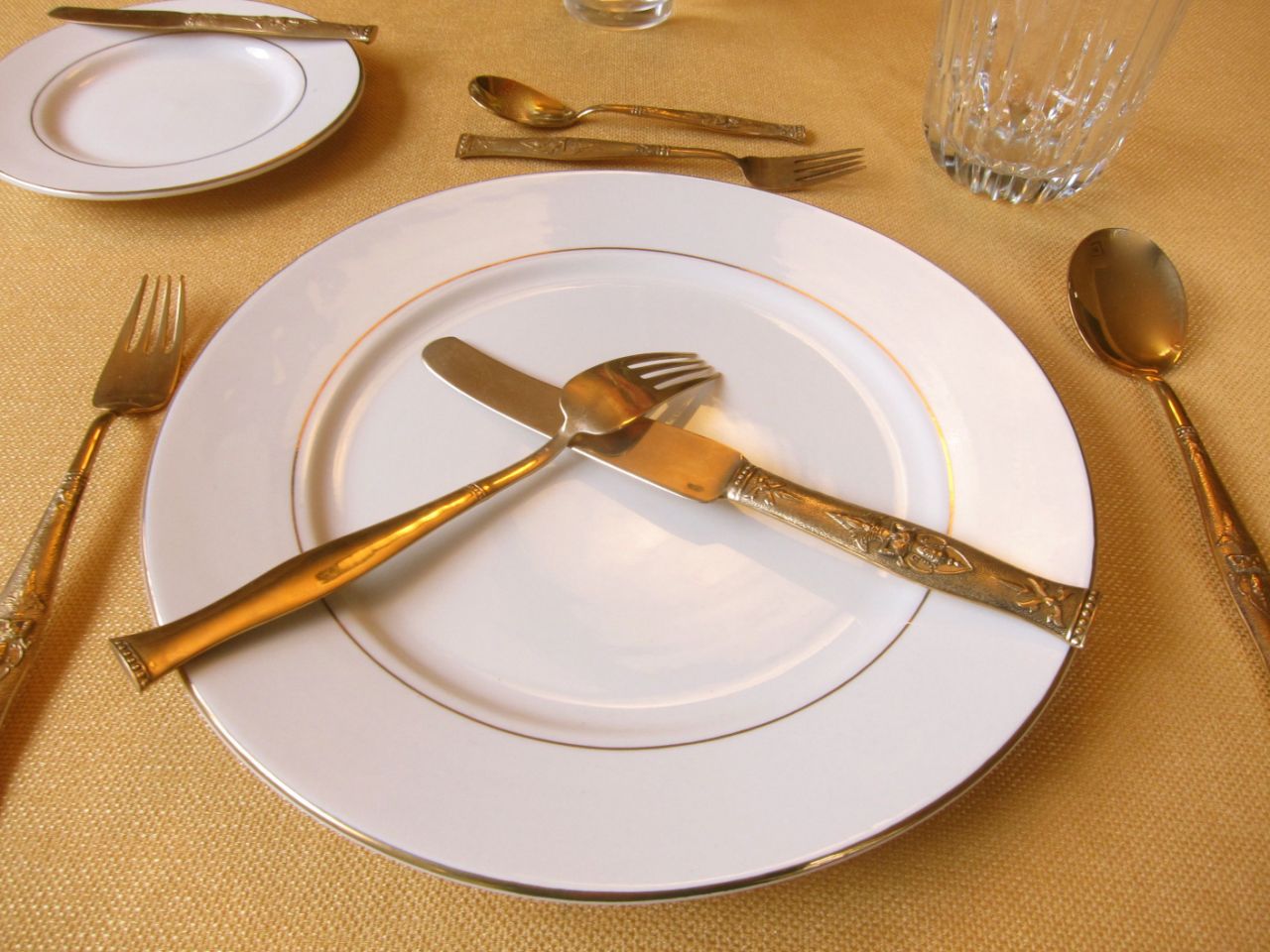
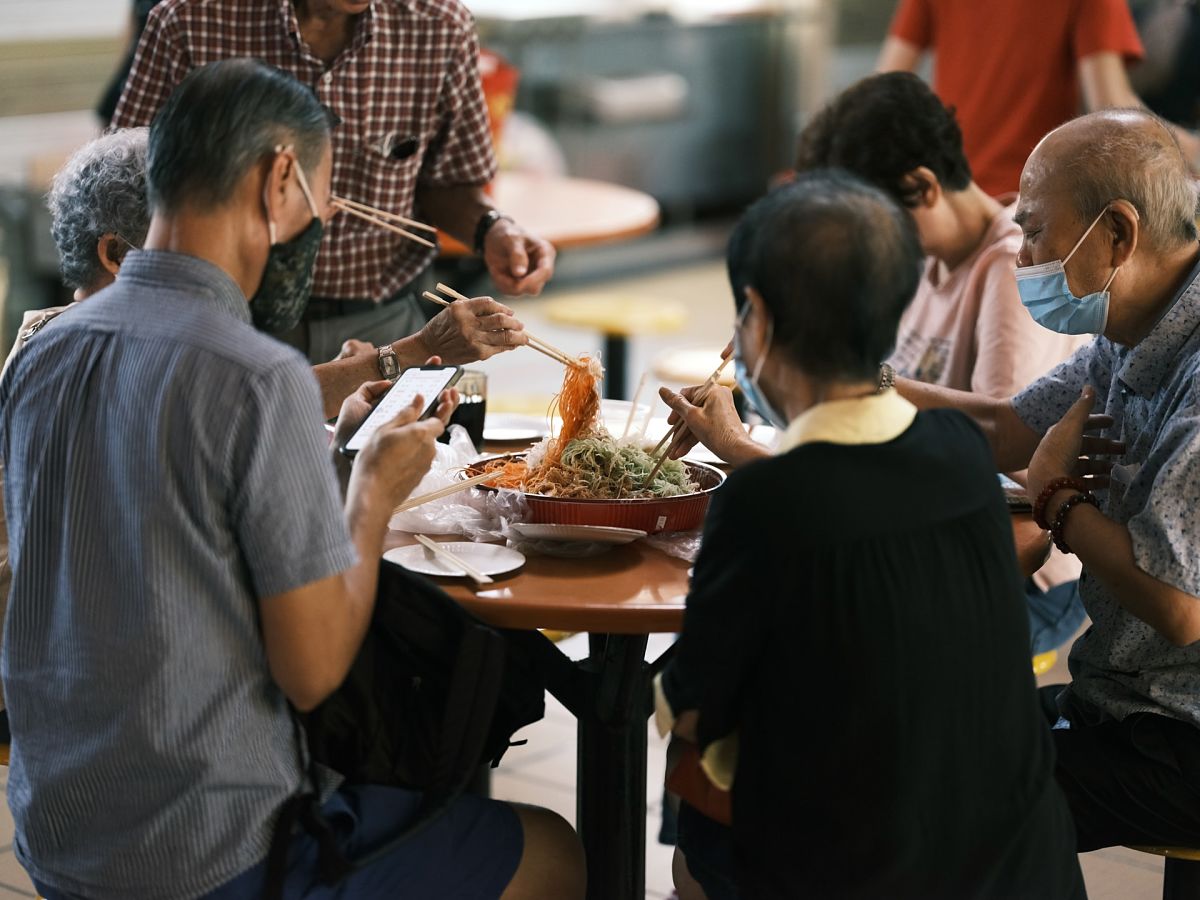
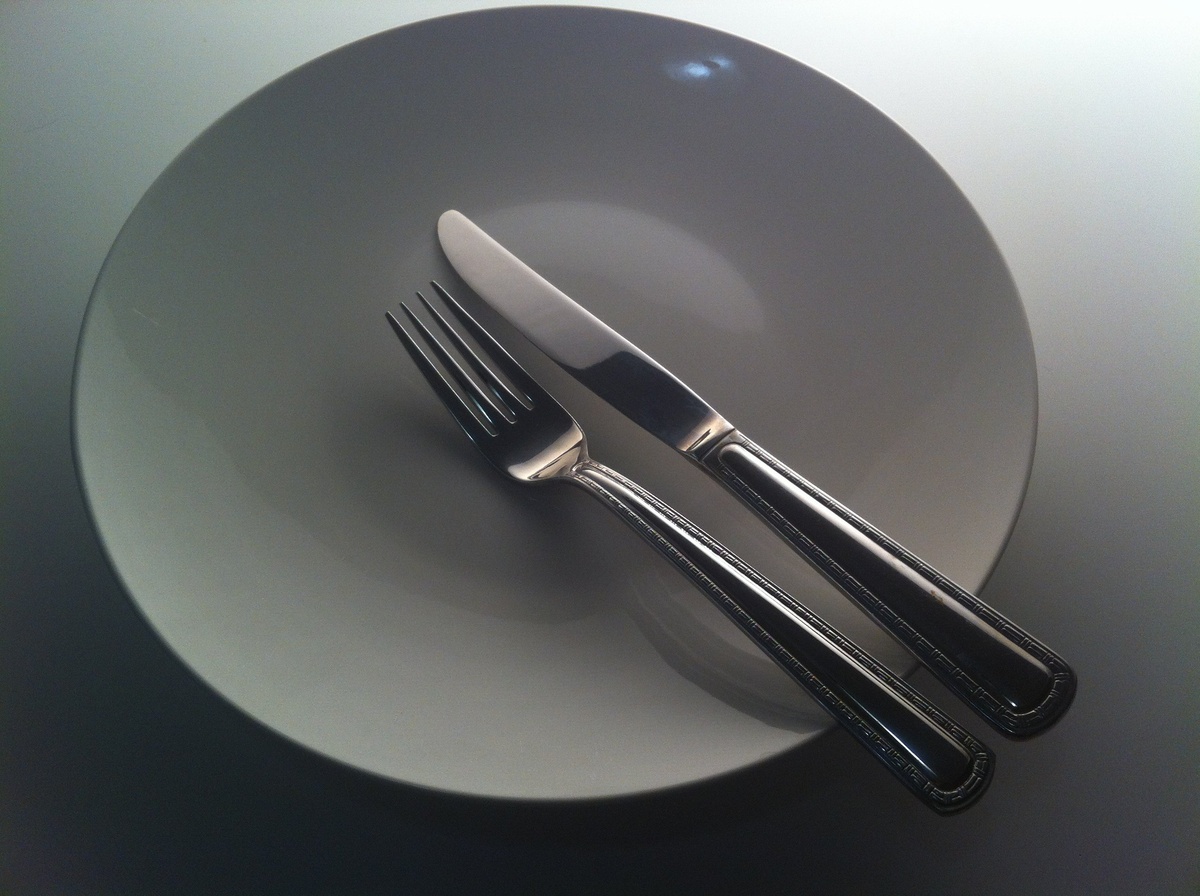
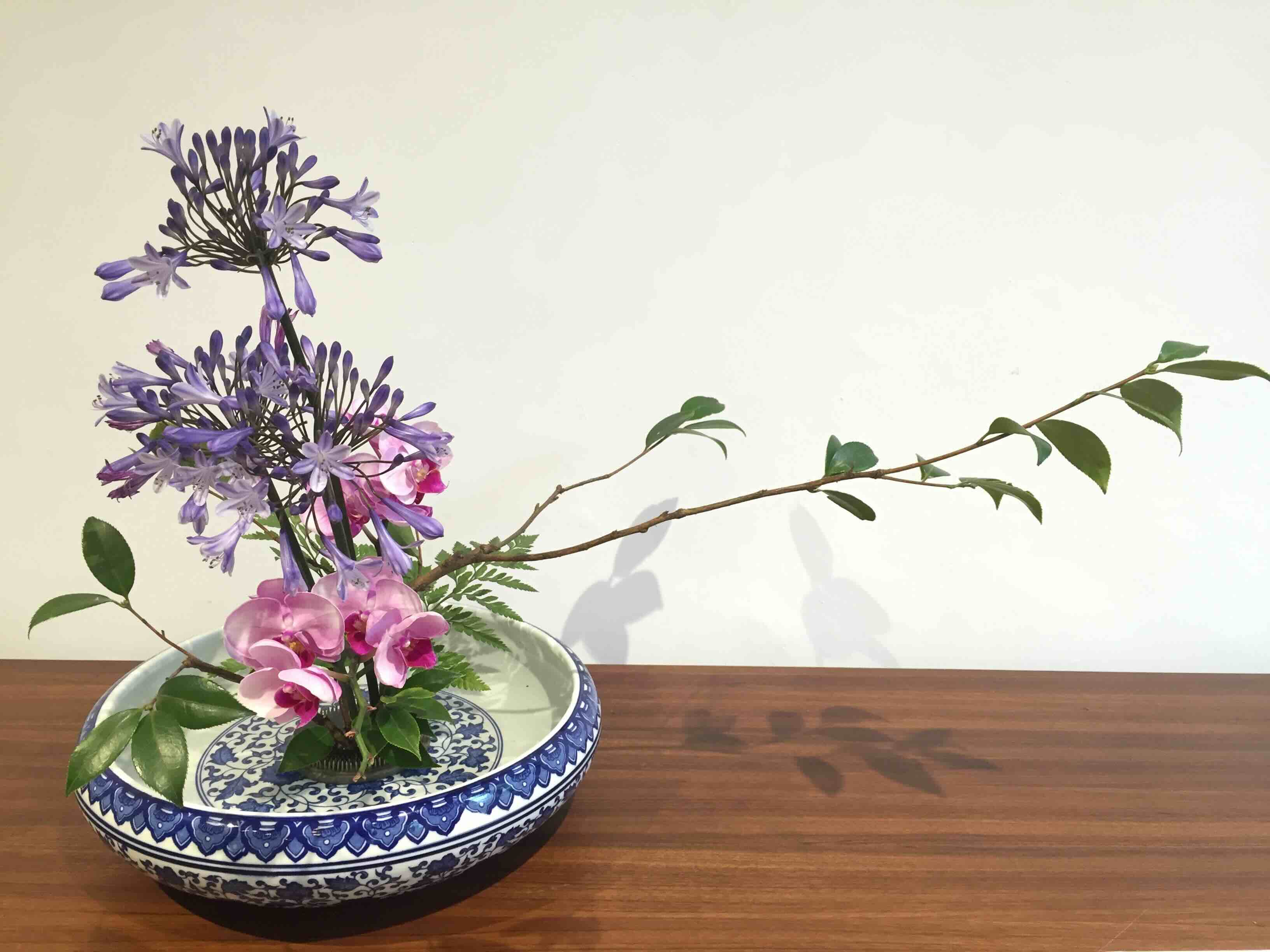

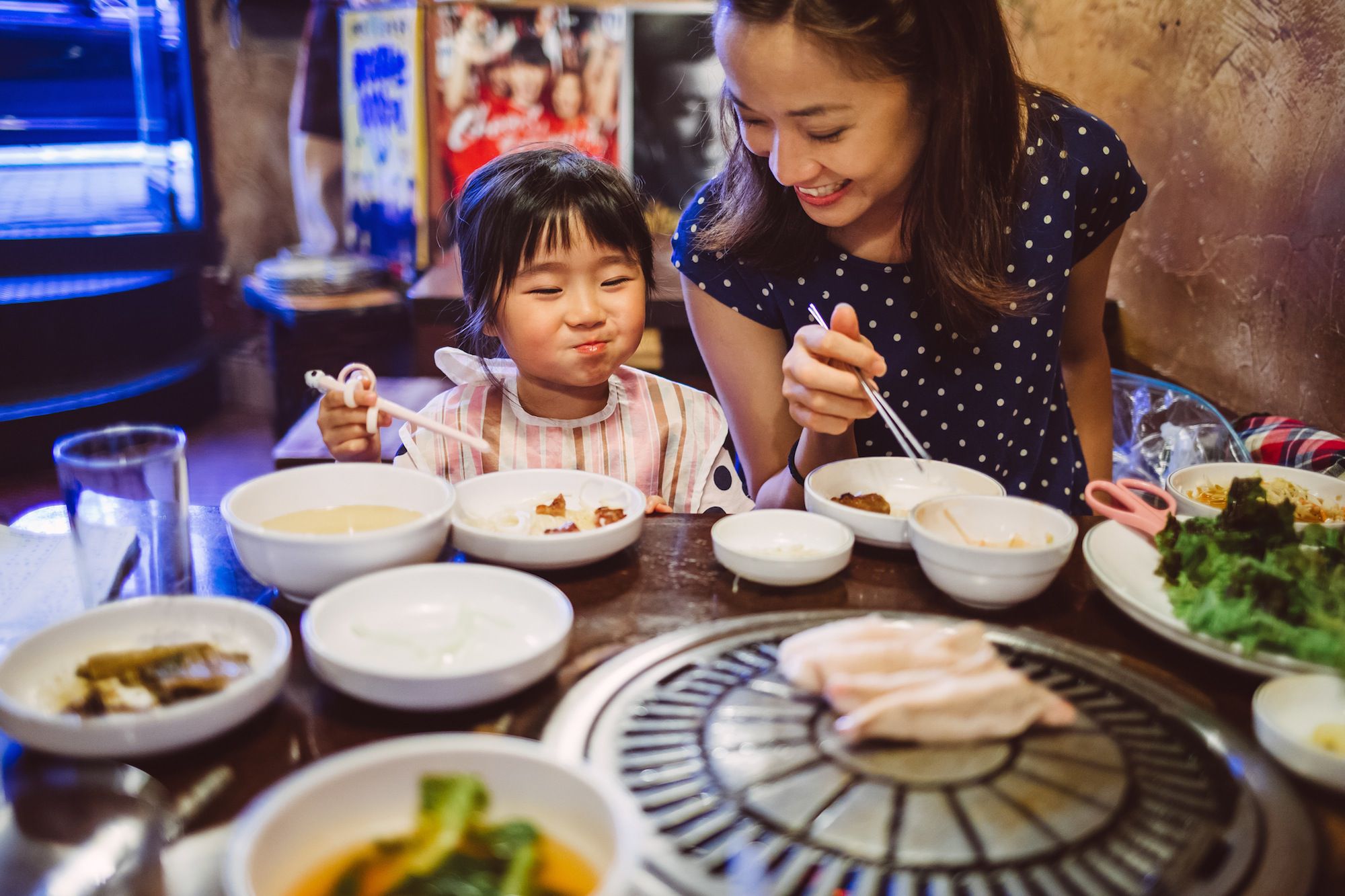
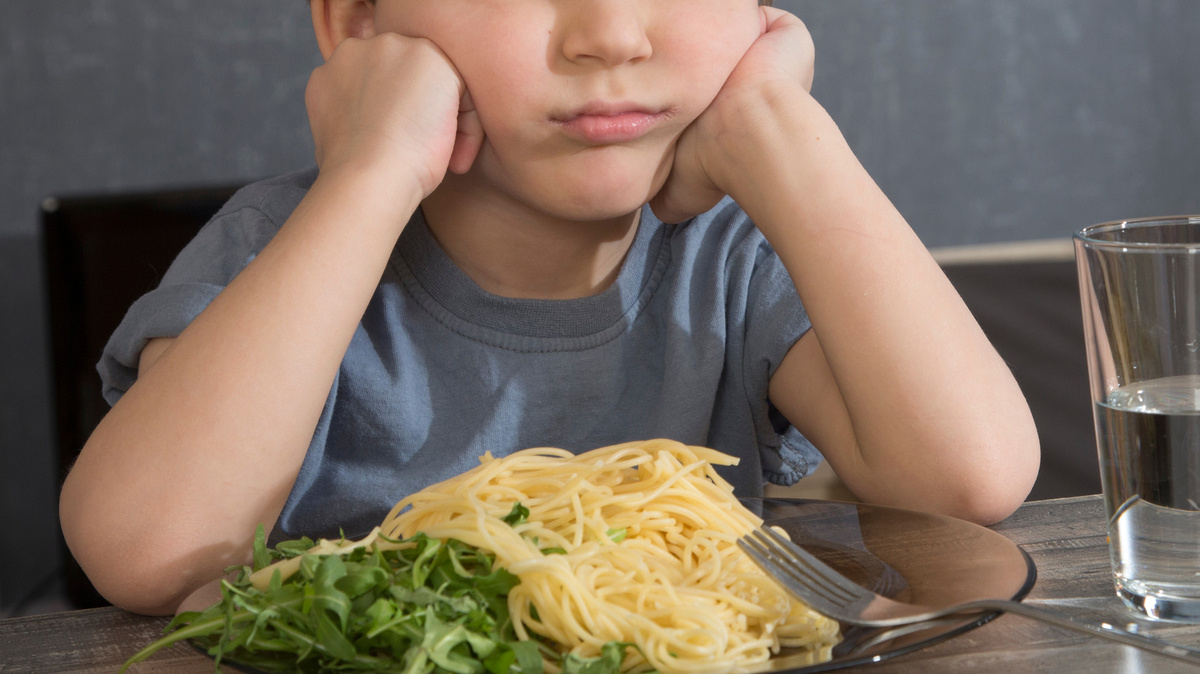
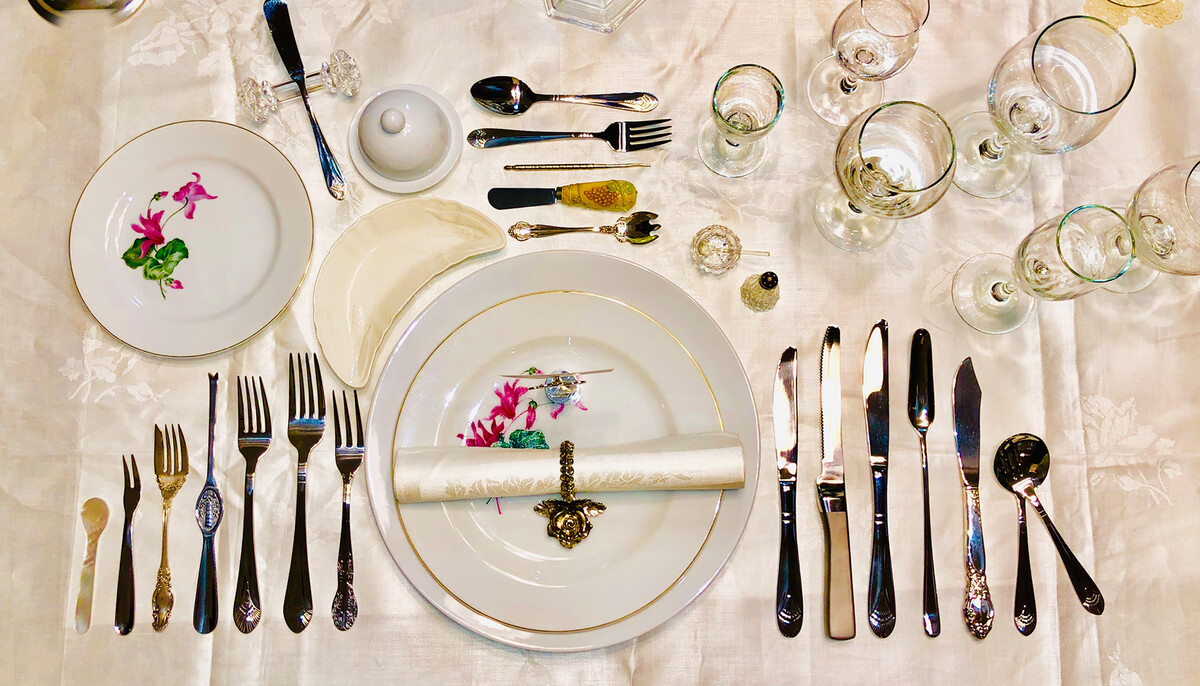
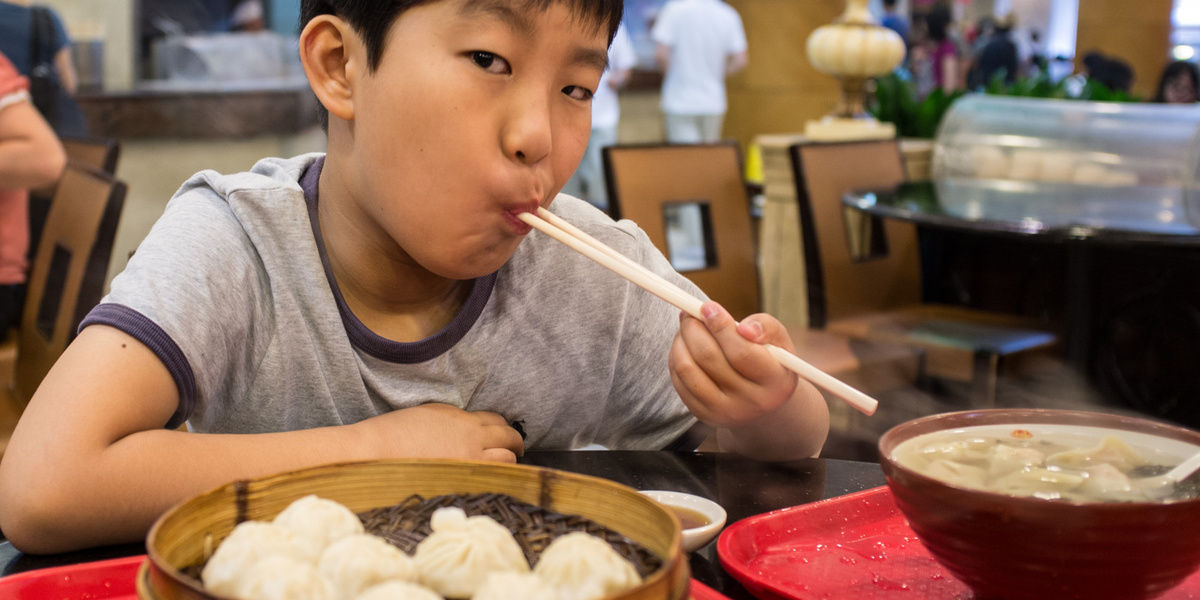


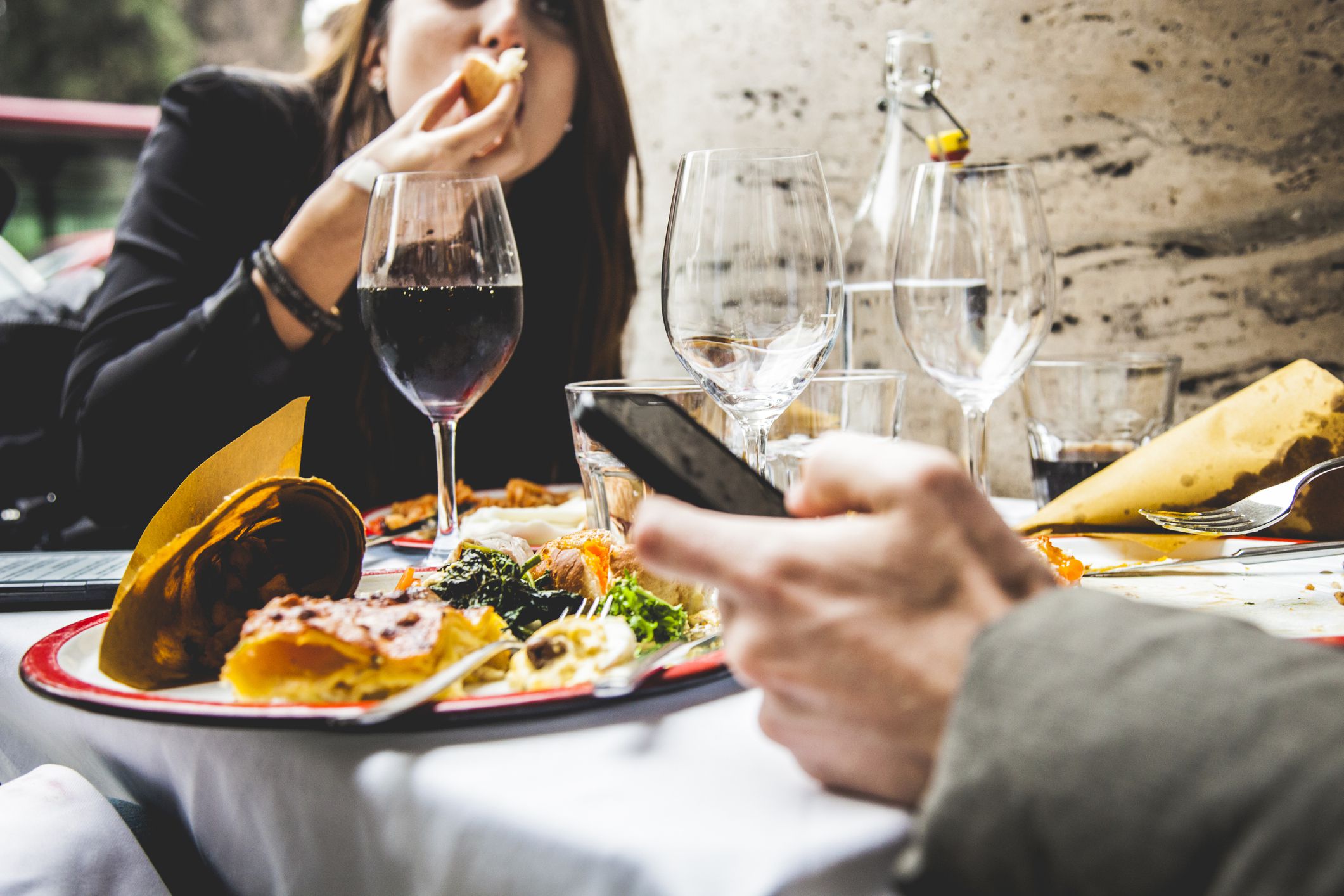
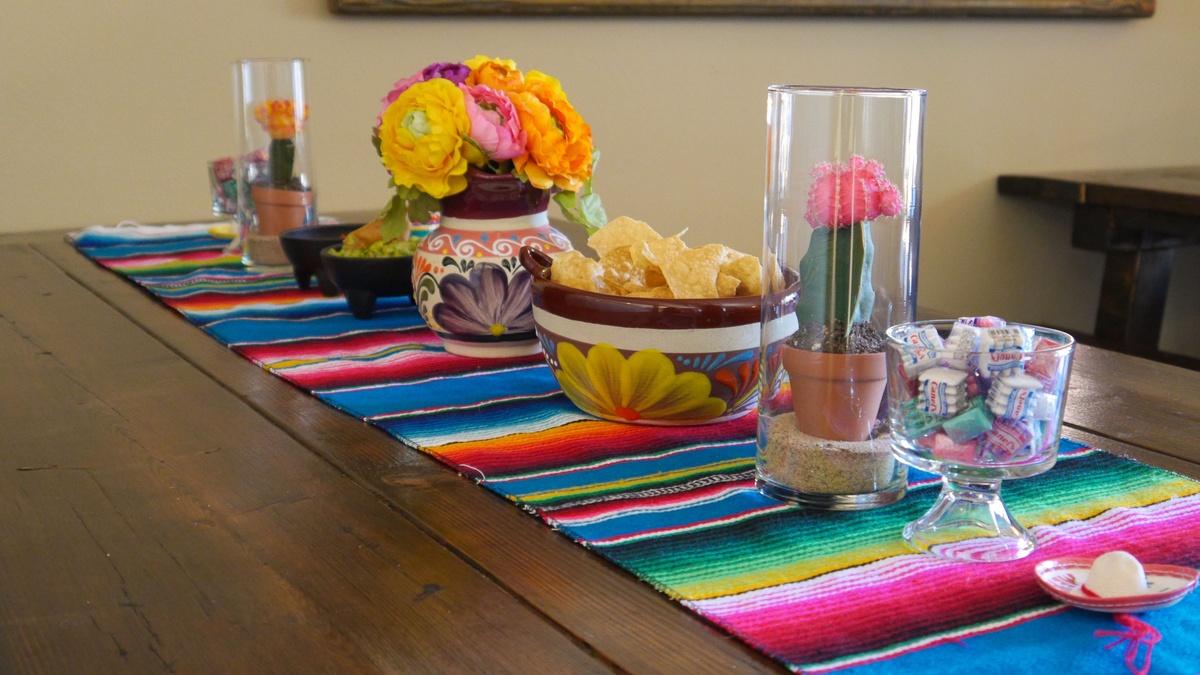

0 thoughts on “Chinese Table Manners: You Are How You Eat”